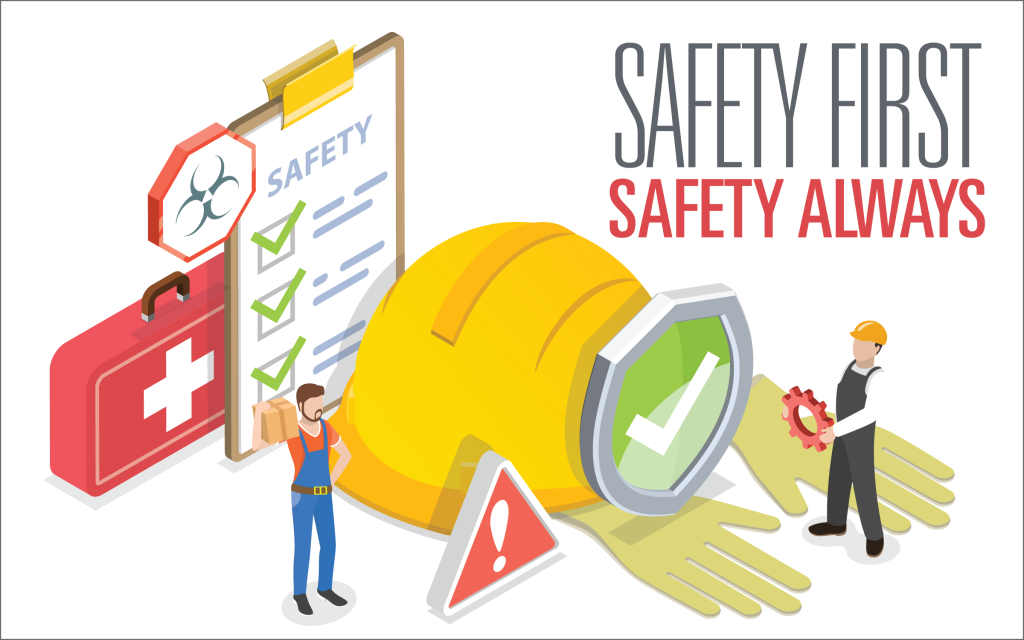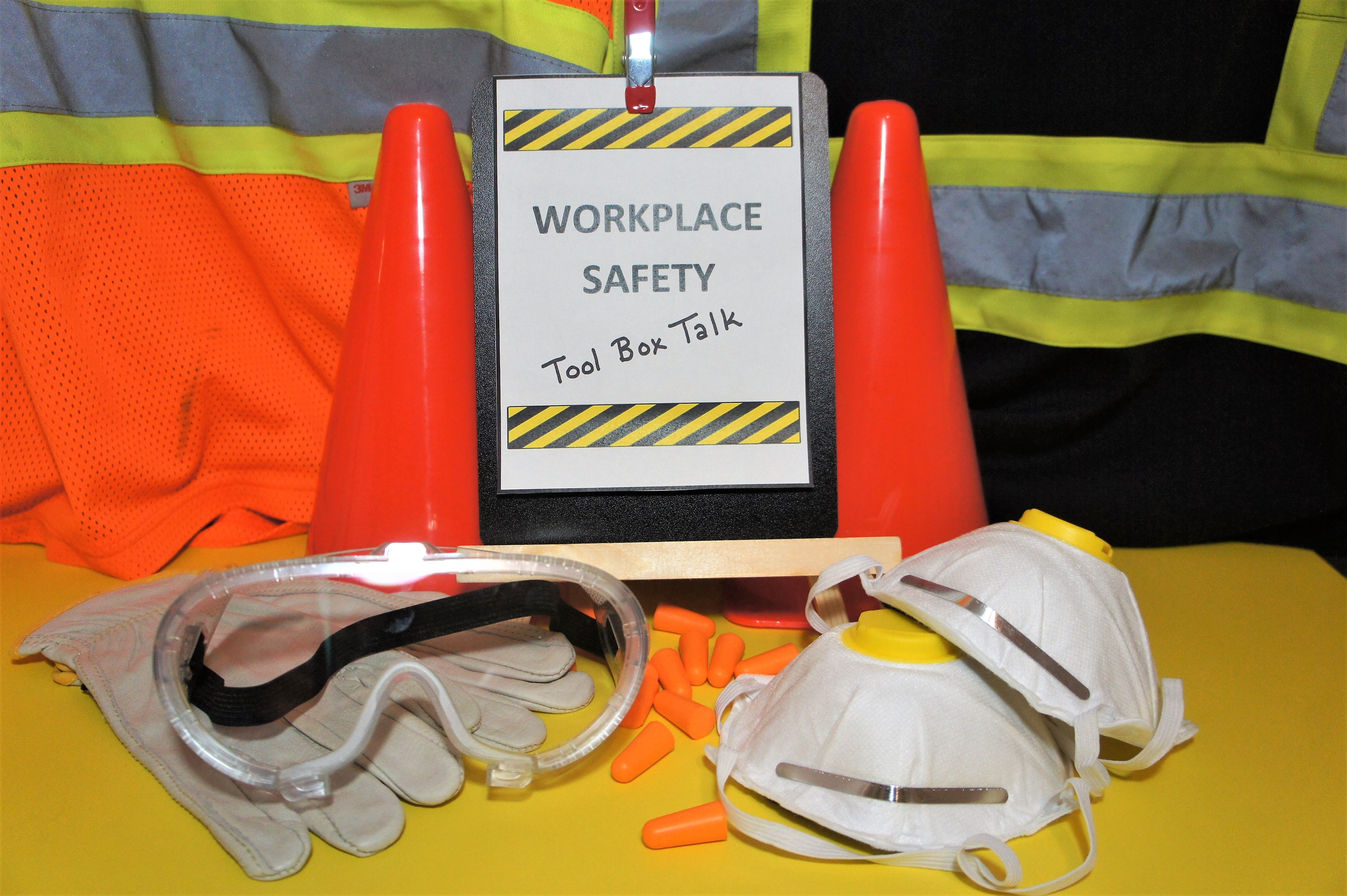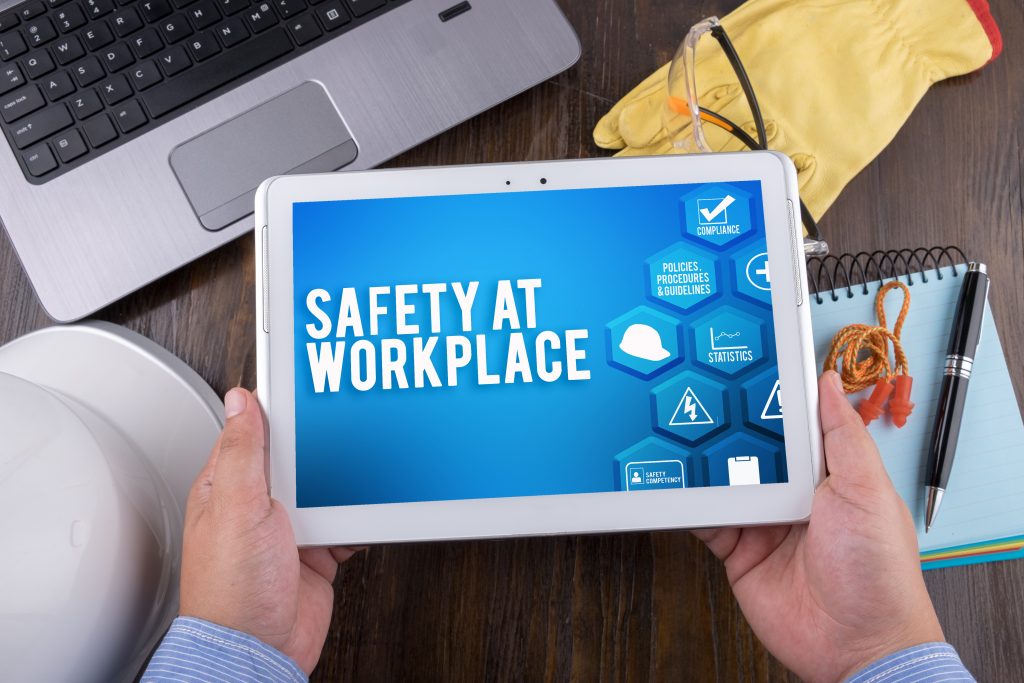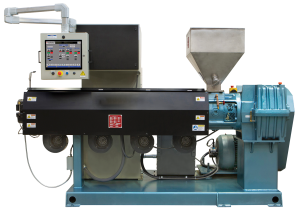Good safety practices are essential in keeping employees injury-free on the job, reducing downtime,...
Safety Training Tips for Summertime and Beyond!

We’ve arrived at summer – halfway through 2022! These months present a great time to review your current safety training protocols. Maybe you’ve discovered training needs based on the first half of the year. Maybe you want to review ongoing training procedures. Or, maybe you want to improve upon current practices. Whatever the reason, a healthy dose of safety training is a good way to prevent accidents while improving operational efficiency. Our EHS (Environmental, Health, and Safety) team has created the following tips to support a strategic approach to safety training.
(1) Identify your safety and health hazards. How do things look out on the shop floor? Is everything in line with OSHA requirements and your internal safety standards?
(2) Control safety hazards. How are you currently addressing potential hazards? Are your employees prepared with knowledge and protective eyewear and clothing?
(3) Know your safety training regulations. Is everyone aware of your safety training regulations? Do you have OSHA signage and other relevant signage displayed? Visit osha.gov for additional safety regulation info and signage.
(4) Is training being completed for the most dangerous tasks first? As you prioritize operator training, addressing the most hazardous situations should be #1.
(5) Is your training site-specific? Every shop floor is different, even within the same company. Post pictures and use near-miss examples that occurred at that specific shop as reminders. Make sure ALL employees are notified of these hazards.
(6) Deliver initial training in person. Having a personal connection when discussing safety practices is essential. This is especially important for a new training experience.
(7) Use physical training props. This is an excellent way to illustrate a point and help trainees gain first-hand experience and a visual understanding of safety procedures.
(8) Consider short video clips. Using video clips, preferably from pop culture (movies, TV shows), is an effective way to interject humor while delivering memorable instruction.
(9) Know the audience. Intentional learning is best achieved when your training program is aligned with the audience. How can you best optimize your training time with a certain group?
(10) Verify topic understanding. Engage your audience through active participation, thought experiments, and mock scenarios to confirm their grasp of the subject.
(11) Seek feedback for improvement. Always ask participants how your training can be strengthened, and act or respond to each suggestion.
(12) Allow for Q&A time. Before exams, allow plenty of time to answer questions and provide clarification. Set up your trainees for success.
(13) Establish refresher courses. Keep your operators sharp with refresher courses and low-risk task training. This can be delivered via eLearning.
(14) Follow-up with shop walks. Check in with your employees at regular intervals during shop walks. See if they have any questions about previous trainings, or observe anything on the shop floor that may need correction.
(15) Re-train when needed. If you observe unsafe behavior, do not hesitate to have additional trainings. It’s better to re-train than experience a life-threatening accident.
(16) Last but not least, don’t forget to refer to equipment manuals for safe operation procedures.
What other safety training tips can you add to this list? Share your insights below in the comments.
If you have questions about this blog, comment below. For any other questions, e-mail marketing.


